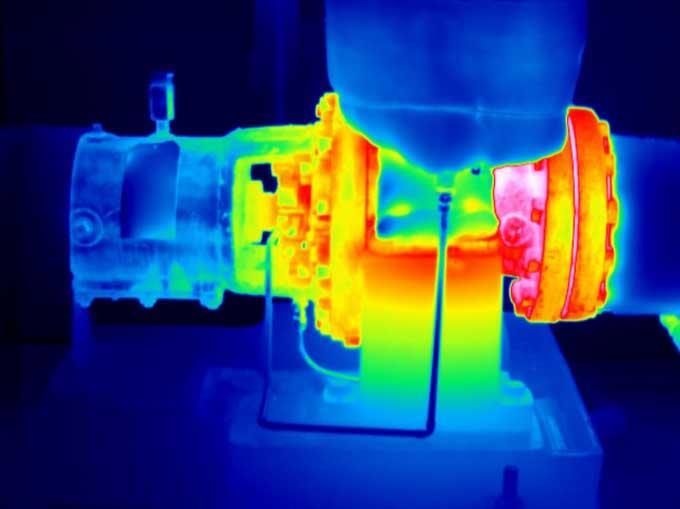Fire Alarms: Early Detection
Fire detection systems rely on several key elements to function properly.The main component, a panel, needs programming to receive alerts from various detectors (smoke, temperature, CO, etc.)
These detectors identify a fire. Notification Appliance Circuits (NACs) then activate horns and strobes to alert building occupants with an audible alarm. Additionally, manual pull stations empower users to trigger an alarm if they detect a fire before the sensors do.

Ultra early Fire Alarms
Depending on the materials burning, some fires burn with no or only a small amount of visible smoke, and others burn with much greater volumes of smoke. Dust and pollutants can be inadvertently detected as smoke by laser and optical detectors, resulting in a false alarm.
Air Aspiration systems use “CCD” Detection to determine if there is pre-smoke particulate in the air, and “SCD” Detection to determine if there is smoke in the air. Furthermore, if the CCD detects pre-smoke particulate in the air, but no smoke, it can alarm. If the SCD detects and the CCD does not, it is a false alarm. Together they give you a combined fire signal, and proven alarm that allows very early fire warning by air sampling that can be use to safely release a fire suppression system.

Thermal Infrared Cameras
Smart infrared cameras are autonomous industrial devices with thermal imaging systems and sophisticated analytics on the edge. They provide precise data on the slightest temperature variations on any object within their field of view enabling early intervention.
Standard interfaces allow seamless integration with existing security systems. An air-blowing device keeps the lens dust-free for uninterrupted, accurate measurements.
These advanced cameras can be used alone or integrated with early fire detection systems. Their sophisticated sensors detect fires early, allowing for timely intervention and preventing major damage.
Suitable for outdoor use, they protect electrical substations, power generators, and other critical areas requiring specialized high-precision temperature monitoring.


